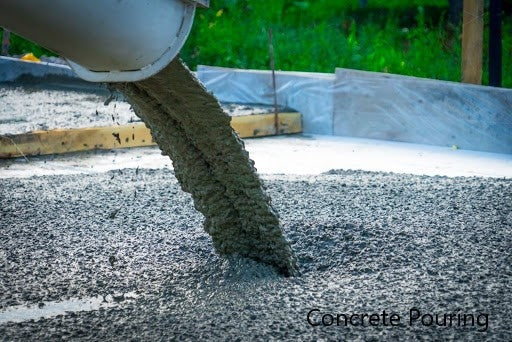Concrete is a very versatile material and can be used for many different projects. Coloring your concrete can add a touch of beauty to your home. Coloring your concrete can add a touch of beauty to your home. It can be used outdoors or indoors, and it can make a simple concrete slab look like stone, marble, or granite. Colored paints are also available for floors and countertops that you’ve already installed in your kitchen or bathroom.
If you’re looking for a way to add color to your concrete, there are three types of coloring materials that can do the job.

Image by: CoverTec
Concrete stains
Concrete staining can add color to your concrete in a way that makes it look like an object has been placed in water and continues to spread until the entire area is covered with color. This can be done on indoor or outdoor concrete surfaces. This process gives your concrete a translucent look, but there are many different types of concrete stains out there that offer a variety of colors so you can find something that works best for you. Concrete stains are ideal for patios and driveways, as well as other outdoor surfaces. They won't fade or wear off over time like paint does, but they don't offer any protection from scratches or staining by oil or grease.

Image by: Concrete Networks
Concrete dyes
Concrete dyes give you a rich, vibrant color that penetrates the surface. Concrete dyes are best used on indoor surfaces—on walls, floors, counters, and tables—because they're not meant to be exposed to harsh weather conditions. They tend to be more expensive than stains because they're designed specifically for indoor use and are higher quality colors.
A dye is similar to stain except that it requires less work since there's no need for sealing afterward; once applied and dried completely (about 24 hours), your colored surface will remain permanent without any further steps needed!

Image by: Solomon Colors
Concrete pigments
Concrete pigments give you a more consistent and solid look which completely covers the surface of your slab. They are made of finely ground minerals that may be used indoors or outdoors. They have an added benefit: Their color tends to be more intense than those offered by either dyes or stains because they're mixed into fresh batches every time someone applies them; this means there's no need for reapplying each season!
Concrete can be colored in a variety of ways, from paint to stain to epoxy. The best method for you will depend on your budget, needs and preferences. Always do some research before choosing a color so that you know what is available and the pros and cons of each option.










